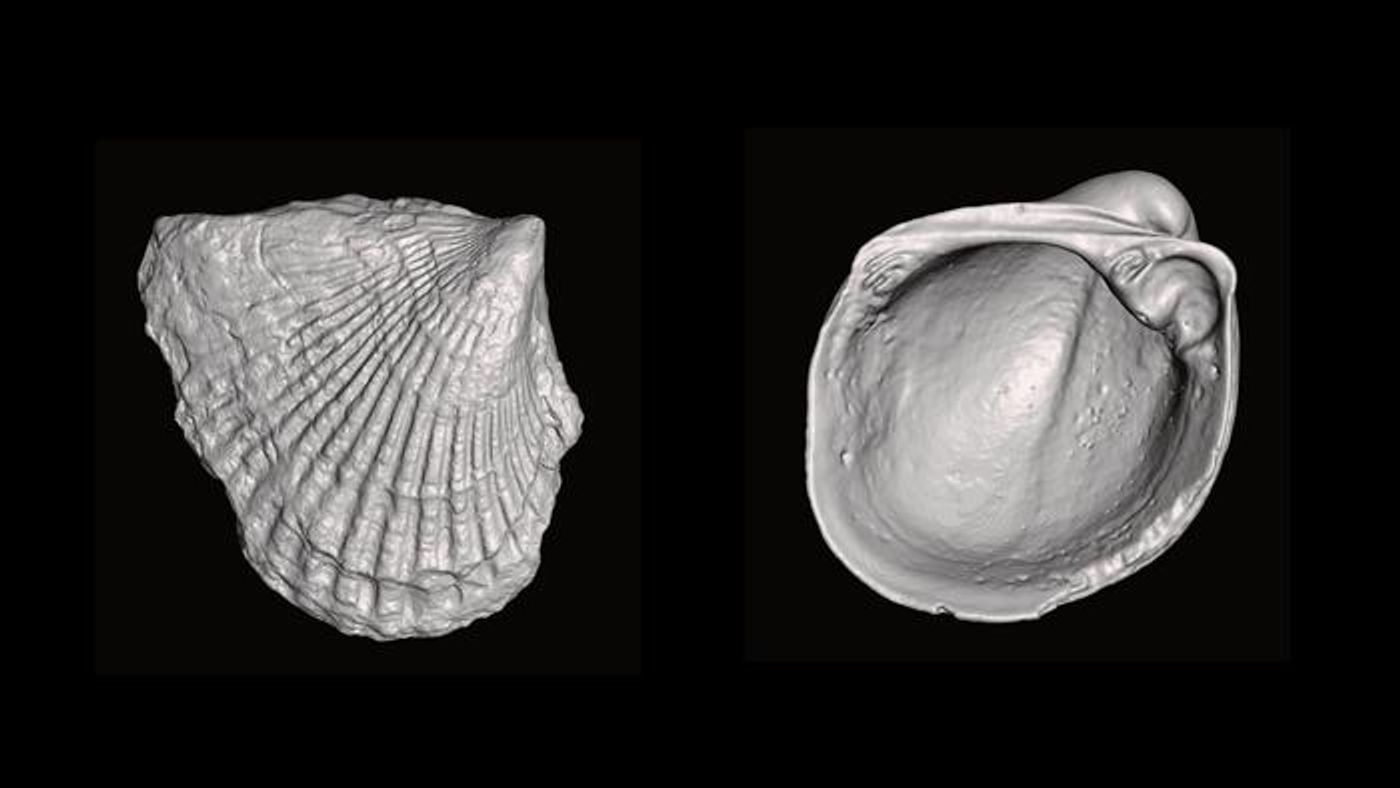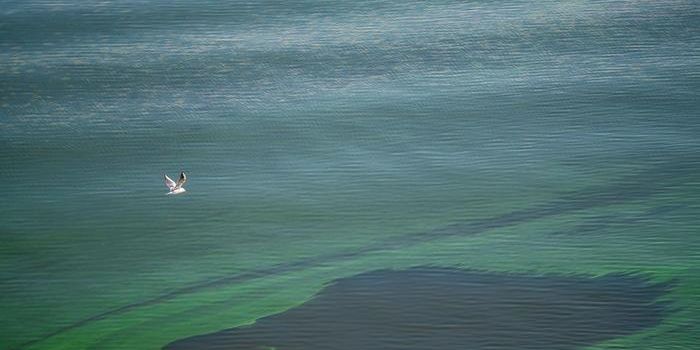Species of Clams Might Have Experienced Evolutionary Lag
A recent study published in Biology Letters examines how the evolution of bivalves—which are a class of invertebrates frequently comprised of oysters, clams, scallops, and mussels—might have experienced a lag in their evolutionary process while many other species experienced evolutionary jumps during what’s known as the Cambrian Explosion, which occurred more than 500 million years ago. This study holds the potential to help scientists better understand evolution and the effects of extinctions on evolutionary processes.
Image of micro-CT scans displaying 460-million-year-old bivalves Anomalodonta (left) and Vanuxemia (right), which are ancestors of quahogs, oysters, scallops, mussels, cockles, and a plethora of other species. (Credit: Stewart Edie)
For the study, the researchers meticulously examined the fossil record of bivalves to get a sense of their evolutionary track and found that unlike other species that flourished during the Cambrian Explosion, but to the researchers’ surprise, bivalves didn’t.
The study’s findings indicated that despite signs that bivalves were on a positive evolutionary trajectory, other groups of bivalves instead slowly branched out as opposed to rapidly branching out like other species during the Cambrian Explosion.
“It’s kind of amazing they made it through at all,” said Dr. David Jablonski, who is a William R. Kenan Jr. Distinguished Service Professor of Geophysical Sciences at the University of Chicago, and a co-author on the study. “Even after they got their act together and began to diversify about 40 million years in, they never showed a true explosion in species or ecologies.”
The researchers state a possible explanation for this evolutionary lag could be that bivalves didn’t develop a vital organ during their evolution that might have prevented them from flourishing during the Cambrian Explosion. This organ would have been a large gill that filtered out plankton from the water, which present-day bivalves currently possess. Once the bivalves finally developed this organ, the seafloor was already far more populated.
“If you show up early to the dance floor, you can do whatever you want, but if you show up late, it restricts the range of moves,” Dr. Jablonski explains.
Despite their lag during the Cambrian Explosion, bivalves survived and are thriving today.
Going forward, the team hopes to examine bivalves’ reactions to extinctions over geologic time in hopes of observing similar patterns as presented in this study.
What new discoveries will scientists make about bivalves and other evolutionary tracks in the coming years and decades? Only time will tell, and this is why we science!
Sources: Biology Letters, EurekAlert!
As always, keep doing science & keep looking up!









